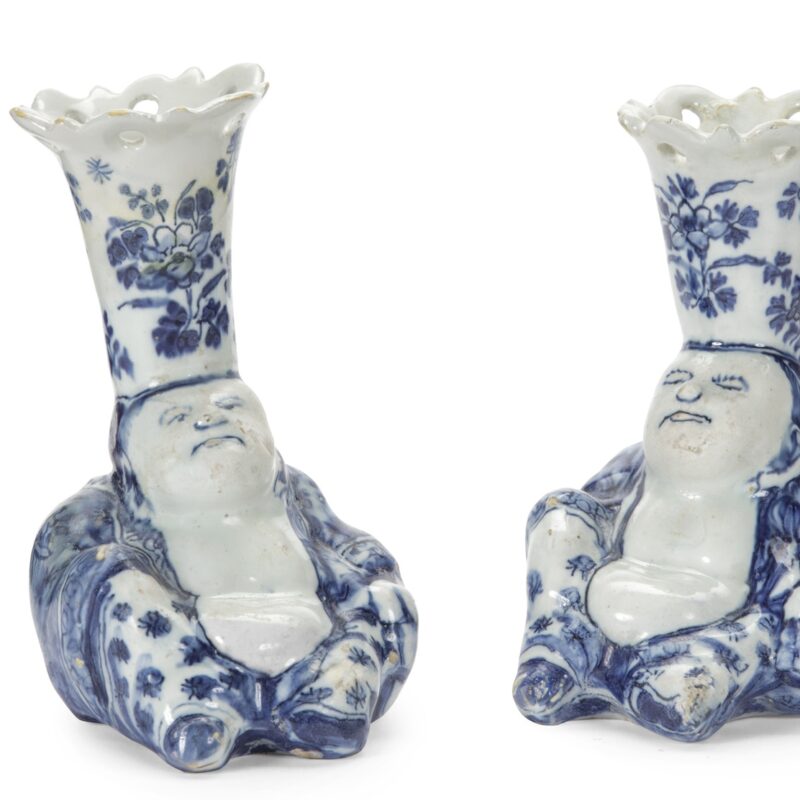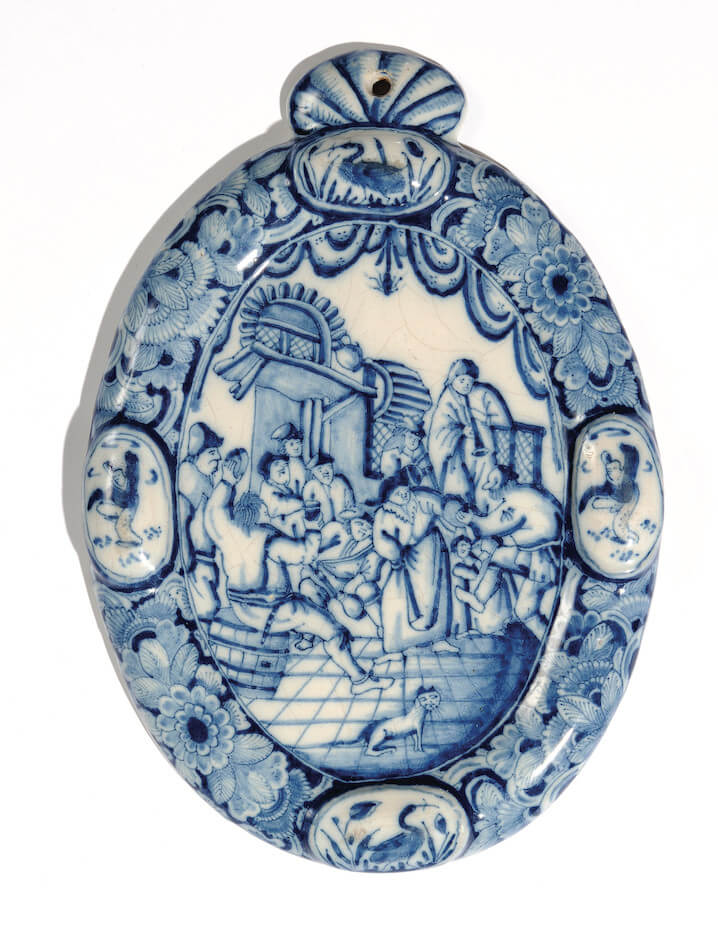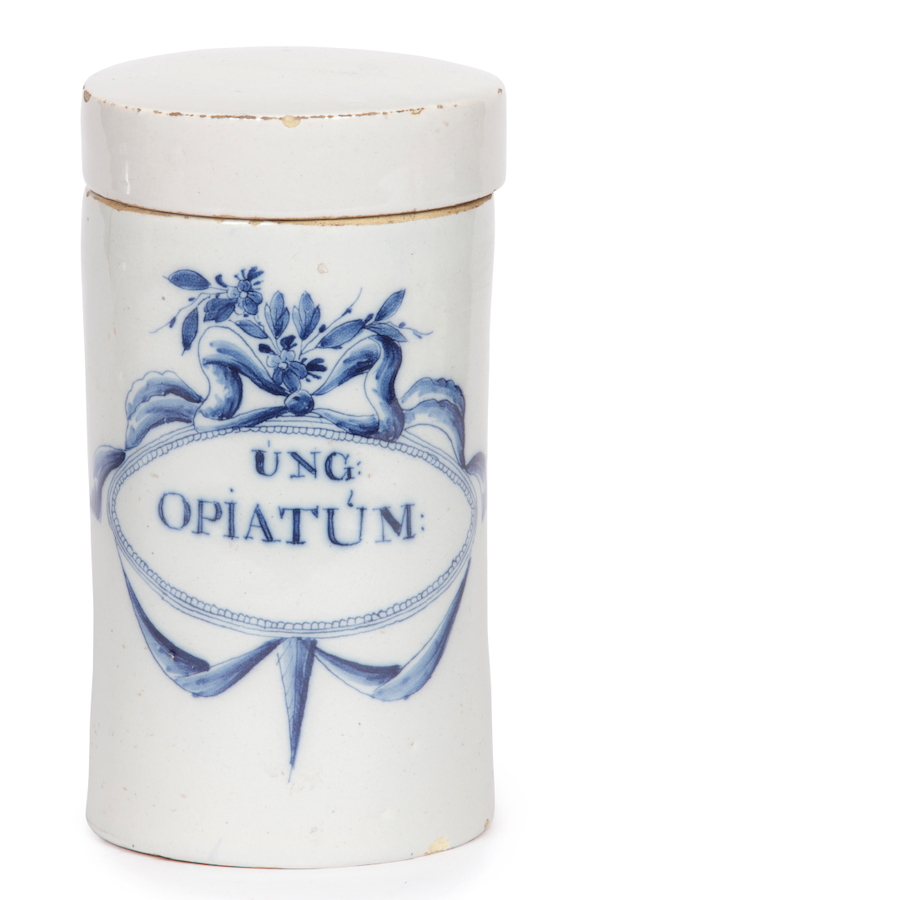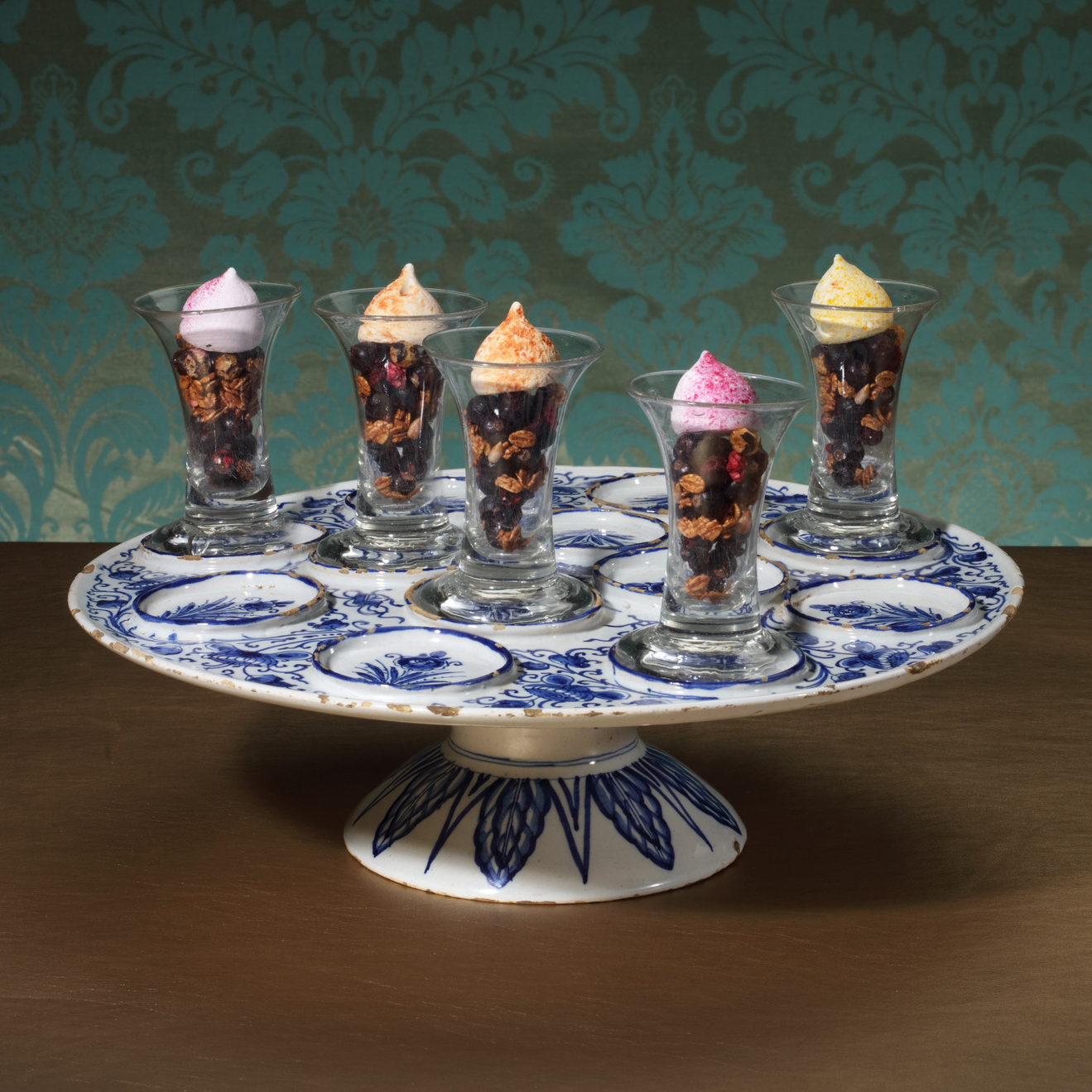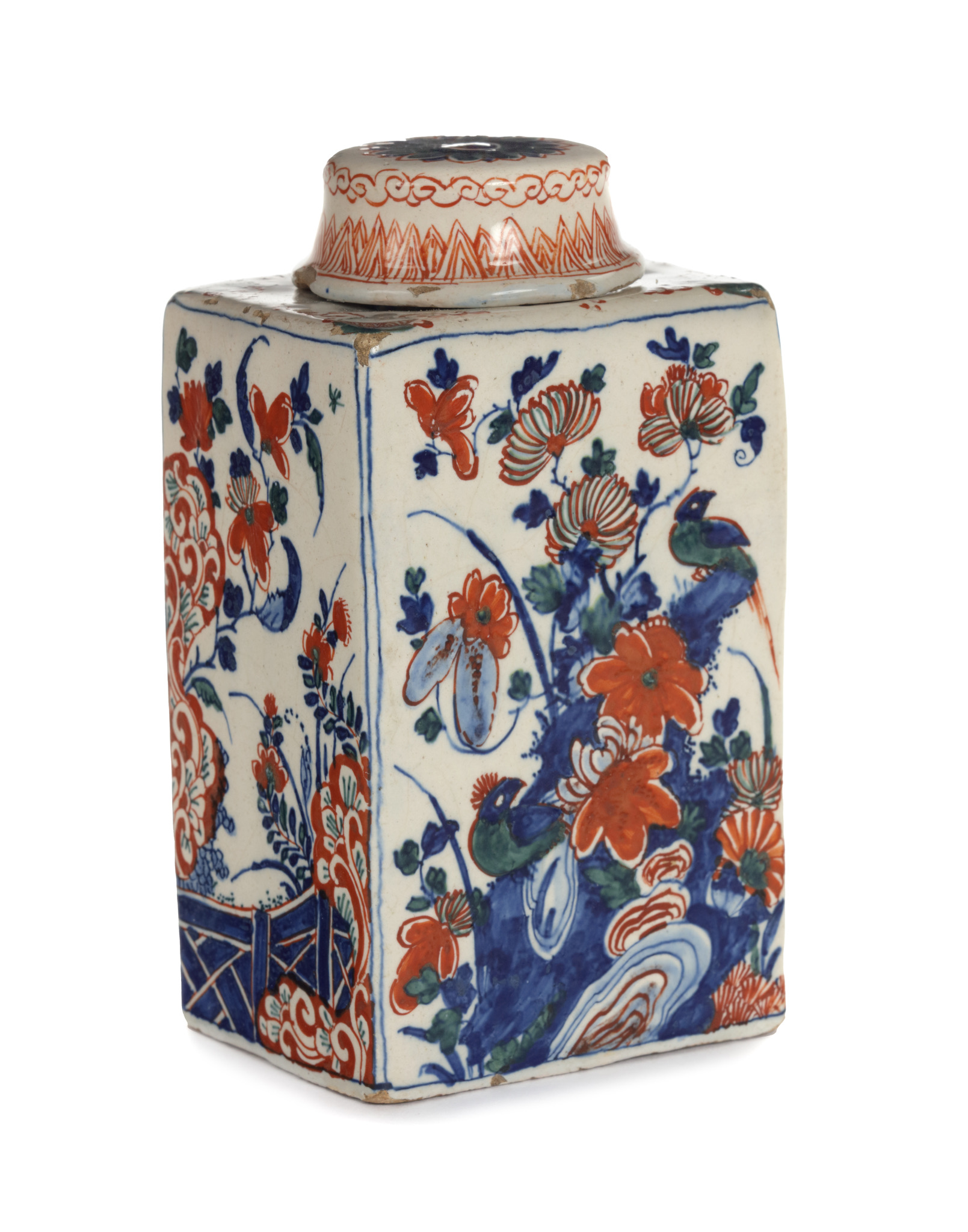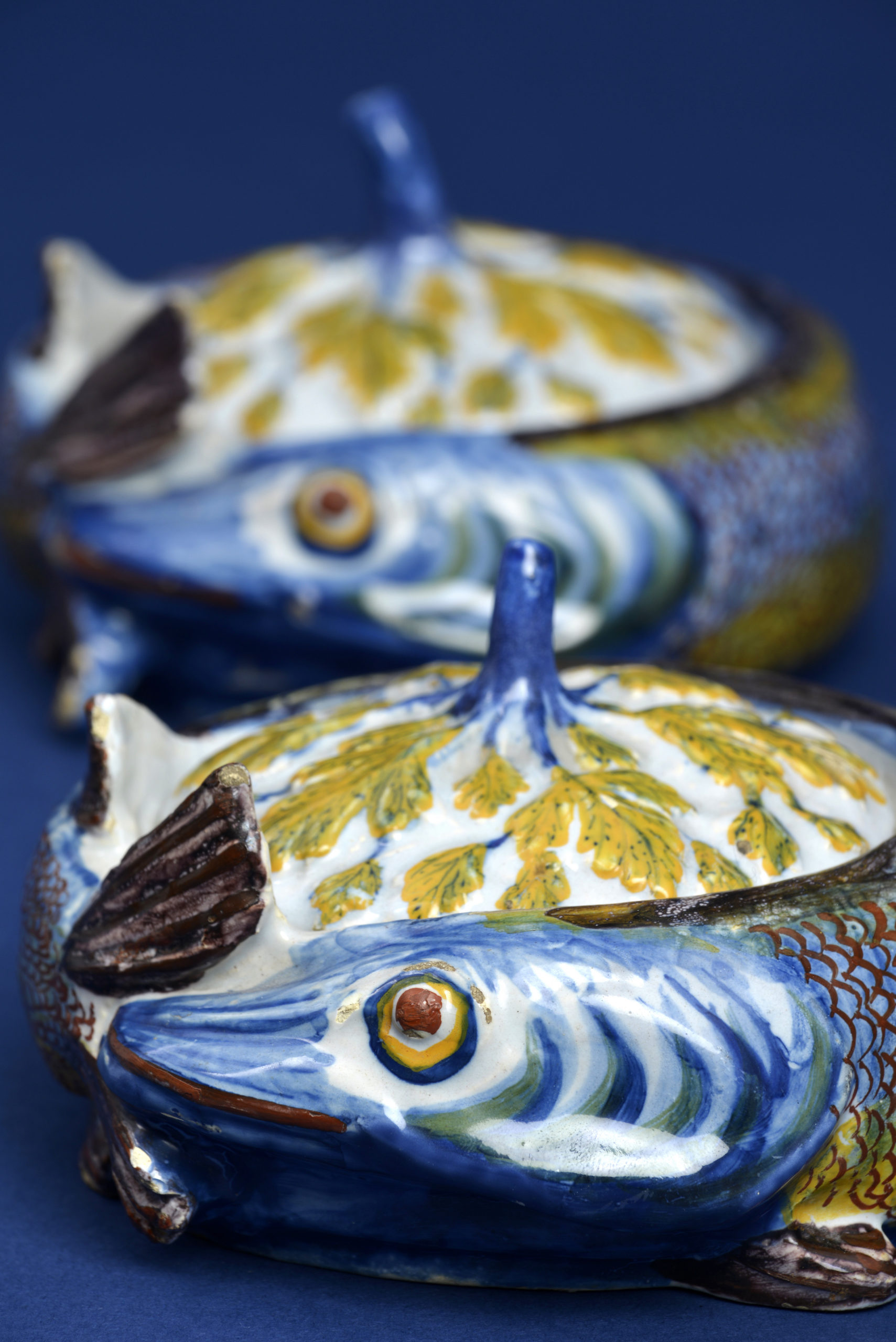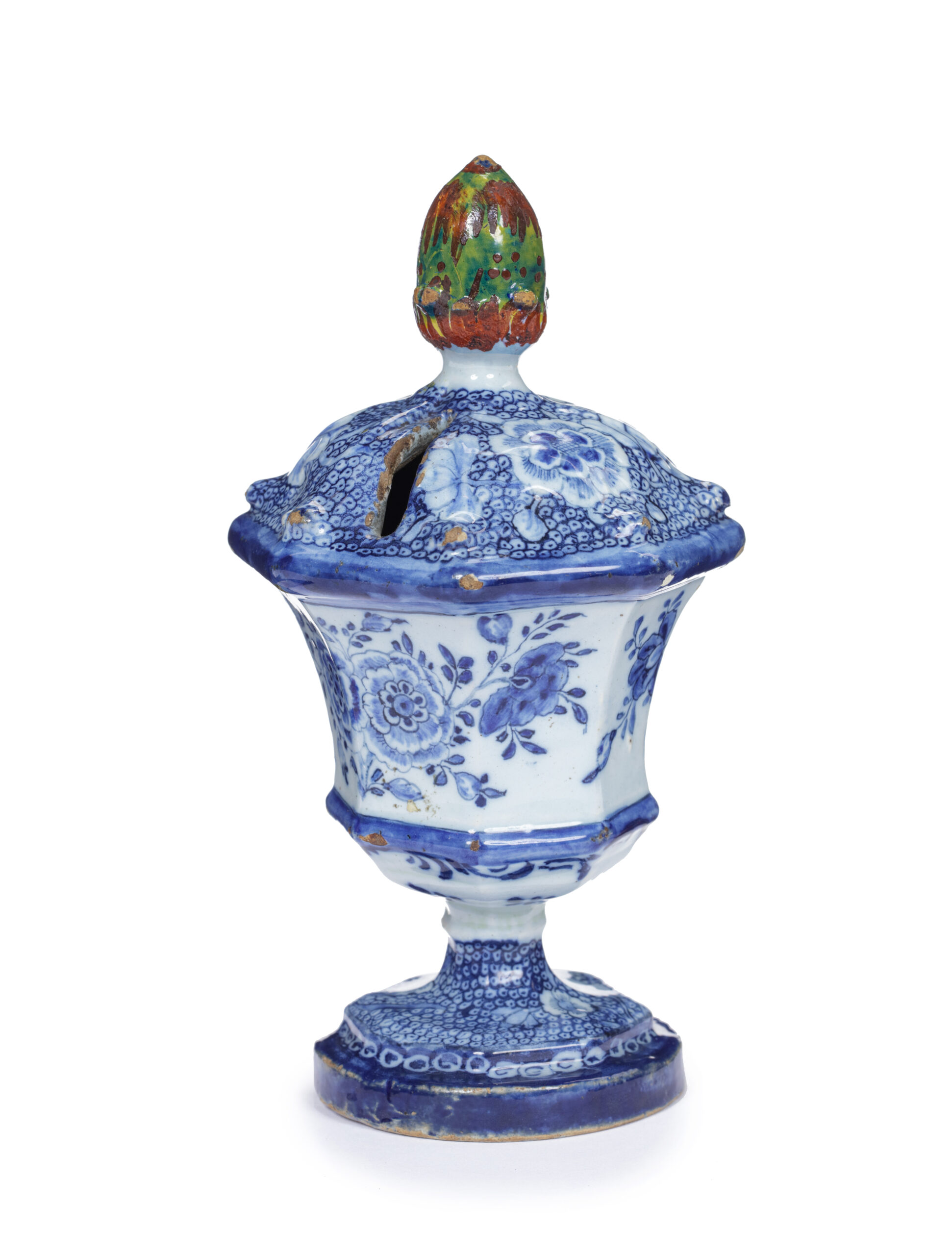Pair of Blue and White Budai Heshang Flower Holders
Every month we present a special object from the Aronson Antiquairs’ collection. This month we would like to show you this pair of blue and white Budai Heshang flower holders. Among the more whimsical yet deeply meaningful forms in early eighteenth-century Dutch Delftware are figural vessels that blend sculptural ingenuity with symbolic resonance. A particularly…

